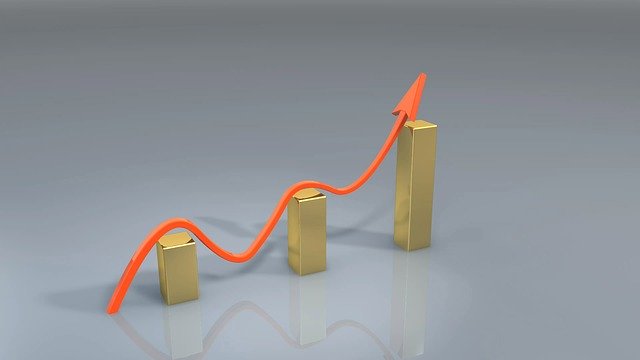Capitalization is a measure of a company’s total value. It is not the only measure, but one that financial investors use to appraise and value a company. Capitalization is not a measure of how much capital the company owns. On the contrary, financial accountants use the amount of capital under a business’s ownership for their own methods of company valuation. Problems such as market crashes sometimes arise as a result of more than one method of valuing a business.
In finance, capital is the amount of money needed by an investor to place into an investment or project. In economics, this is not the case. Economists instead define capital as the equipment needed for the productio

n process. It is one of the two factors of production, the other being labor. So, if a certain company produced cars, the company’s capital would consist of the machinery needed to produce those cars, the buildings needed to house the machinery, warehouses, vehicles such as forklifts and trucks and any other device or physical entity associated with the production process. In addition, the company’s offices, computers, desks, chairs, telephones, intellectual property and even pens and pencils are part of the company’s capital. The only things that are not part of capital are land and labor.
Capitalization, also known as market capitalization, is a process for valuing a company. Put simply, a business’s market capitalization is equal to the number of shares outstanding, or the number of shares purchased or available for purchase, multiplied by the market price for those shares. So, if a company had a total of 100,000 shares outstanding and those shares are $5 each, the business’s market capitalization would equal $500,000. A company’s value is its assets minus liabilities, or the amount of money the company owns. Capital is only one element of assets. Other elements include the size of the company’s accounts, its short- and long-term investments and anything it can convert into cash. Thus, market capitalization consists of both the financial and economic sense of the word “capital,” minus anything the business may owe, such as labor costs.
